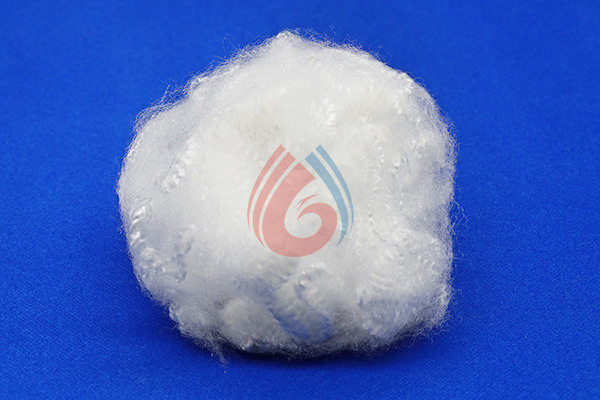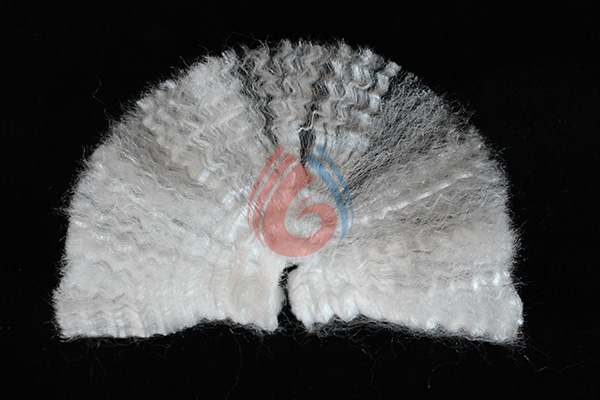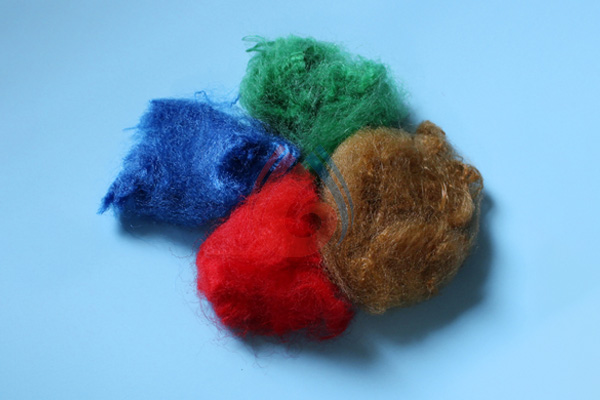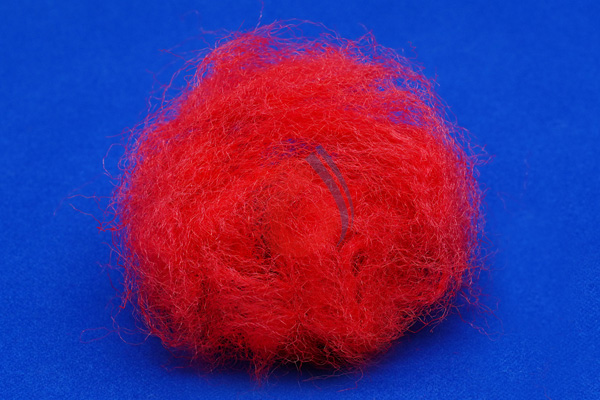Polypropylene staple fiber for lightweight GMT board
Due to its lightweight and wide coverage, polypropylene staple fiber is often used with glass fiber through needling, heating, and pressurization to create composite panels, known as lightweight GMT boards. Our company's specialized polypropylene staple fiber for GMT boards features high-temperature resistance, low shrinkage, resistance to yellowing, low odor, and a high coefficient of expansion. We are a supplier to major domestic and international OEMs. Specifications: 3D-22D x 51-102mm; other lengths and colors are customizable.
Inquire Now Contact UsProduct Description
Polypropylene staple fiber
Polypropylene staple fiber (PP fiber), also known as PP fiber or polypropylene, is made from polypropylene using a one-step, short-spinning process. Polypropylene began industrial production in 1957. Because it relies solely on propylene, a relatively abundant and inexpensive raw material, and its production process is simple, it is currently a relatively inexpensive synthetic fiber. Polypropylene offers excellent performance and is rapidly developing, with its global production volume second only to polyester, nylon, and acrylic.
Polypropylene staple fiber for GMT boards, polypropylene, low-odor polypropylene, and glass fiber composites
Characteristics and Applications
Relative Density: Polypropylene has the lowest relative density of all synthetic fibers, at approximately 0.91 g/cm. This makes it extremely lightweight, allowing each unit weight of fiber to cover a large area.
Strength: Polypropylene's strength is similar to that of polyester and nylon, two high-strength synthetic fibers, but its strength remains virtually unchanged when wet, making it superior to nylon. Abrasion and Corrosion Resistance: Polypropylene's flat abrasion resistance is second only to nylon, but its flexural abrasion resistance is slightly inferior. Corrosion Resistance: It exhibits remarkable stability against inorganic acids and alkalis.
Hygroscopicity and Dyeability: Polypropylene absorbs almost no moisture, with a moisture regain of less than 0.03%, resulting in minimal shrinkage. Fine-denier polypropylene exhibits a strong wicking effect. However, its color fastness is poor, and it cannot be dyed with common dyes.
Electrical Insulation and Warmth: Polypropylene has a high resistivity (7×10Ω.cm) and low thermal conductivity. Compared to other chemical fibers, polypropylene offers superior electrical insulation and warmth retention, but it is prone to static electricity generation during processing.
Heat and Aging Resistance: Polypropylene has a low melting point (165-173°C) and poor stability to light and heat. Consequently, polypropylene exhibits poor heat and aging resistance, and is not resistant to ironing. However, its aging resistance can be improved by adding anti-aging agents during spinning. In addition, like other synthetic fibers, polypropylene is resistant to mold, rot, and insect infestation.
Polypropylene staple fiber is currently widely used in geotextiles, hygiene materials, filter fabrics, cool fabrics, various nonwoven fabrics, automotive interiors, spinning, carpets, engineering materials, composite materials, filling materials, sound insulation, and felt products.
Hubei Botao Synthetic Fiber Co., Ltd. specializes in the production and sale of: polypropylene staple fiber, polyester staple fiber, polyethylene staple fiber, bicomponent staple fiber, and PLA fiber.
Related Products
Get a free product quote
Our staff will contact you as soon as possible. If you need other services, please call the service hotline: +86-0724-2211070




